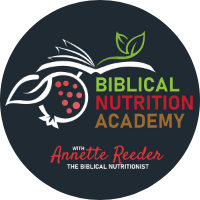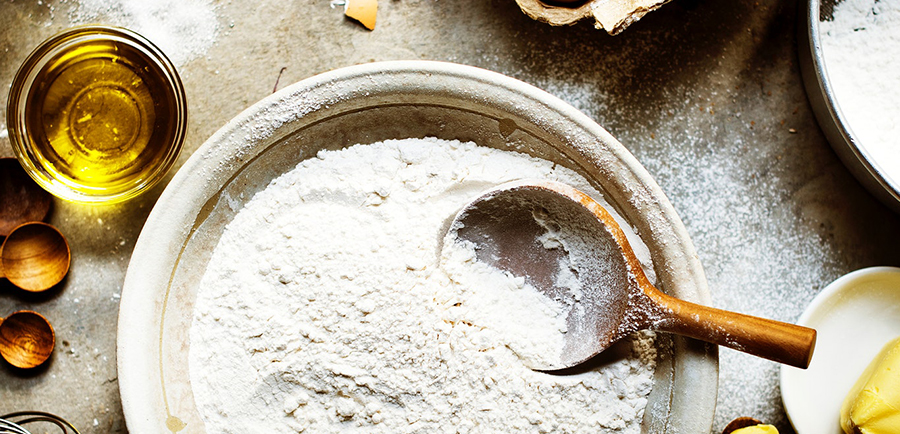
What’s your favorite type of bread?
Are you a big fan of hot biscuits? Or perhaps fluffy pancakes?
Or what about warm, soft rolls?
All of these - and more - are just some of the delicious bread varieties that have been in humans’ diets since who knows when!
Indeed, the history of white flour goes a long way, and we’ll discover more about this type of flour in this post.
Let us take a look at white flour’s composition, nutritive content, and a much better alternative to it that you never knew.
The Process Wheat Kernel Undergoes Before It Becomes Flour
The wheat kernel, just like every other grain, is designed to retain its enormous nutrients.
There's so much confusion around bread. However, it's not bread in of itself, it's how the bread is made. Read my article Research Confirms "Bread of Life" is a Perfect Picture to learn more!
After breaking up the kernel once it undergoes milling, the ingredients undergo oxidation.
From being packed with nutrients and loaded with fiber, it becomes much less nutritious after milling. This is why it is not surprising that health problems commonly arise among humans who eat white flour.
There’s no more germ or bran in the wheat kernels once it has become white flour. This is done to bleach the kernel now turned into flour, so it can be safe to store for an indefinite period.
And did you know that any type of bread that is okay to store at room temperature for 3 days or more means it is void of vital nutrients? Otherwise, it will turn rancid and develop molds and a nasty smell.
Why You Should Mill Your Own Grains
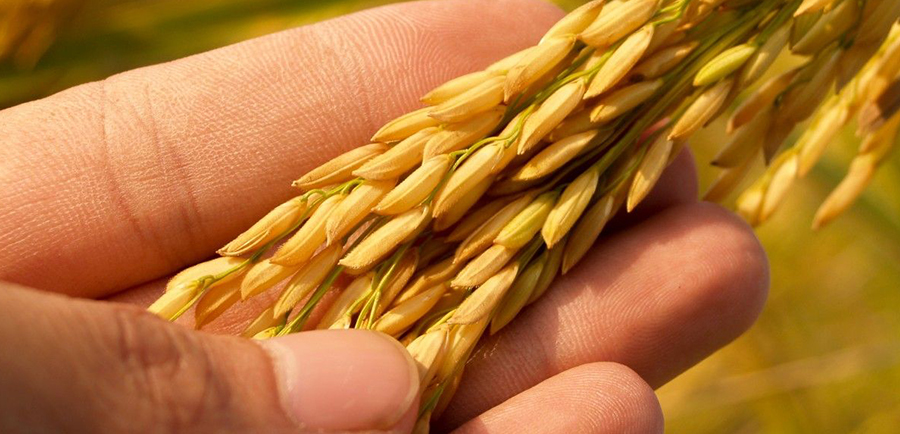
Sure, the upfront cost of buying a grain mill or even a Bosch mixer may be a little steep but once you start making flour at home and baking your own bread, you will realize that the return on your investment is quite large!
I’ll give it to you straight…
Many of the bread consumed for the sake of convenience make people sick.
These foods have minimal fiber and nutrients in them, so they are basically unhealthy to eat.
Meanwhile, there are whole foods that give life to us, and these are widely available for us to consume!
This is why it makes sense to invest in a grain mill, so you can bake your own bread and make sure what you are feeding yourself and your family is healthy, safe, and nutritious food. Try these 17 Bread Making Tips to Bake the Perfect Bread all the Time.
The good kind of flour from these freshly milled grains is what can help get rid of your craving for sweet food. It will also prevent constipation and make your bowels more regular.
And a bonus thing you can get from milling your own grains:
You can also minimize your food budget!
It is definitely much cheaper to make your own bread, along with the amazing nutritional value it has.
Sure, there is an upfront cost of buying a grain mill or even a Bosch mixer, but once you start making flour at home and baking your own bread, you will realize that the return on your investment is quite large!
In fact, homemade bread can cost you just a dollar per loaf!
Can you imagine how much of a big deal that is?!
That is much cheaper than buying bread at the store, PLUS you are reaping the outstanding health benefits from it.
With the recurring savings, better taste, and greater nutritive content of homemade bread, owning a grain mill is without a doubt a massive blessing to you and your family!
Exploring the Mystery of Fiber
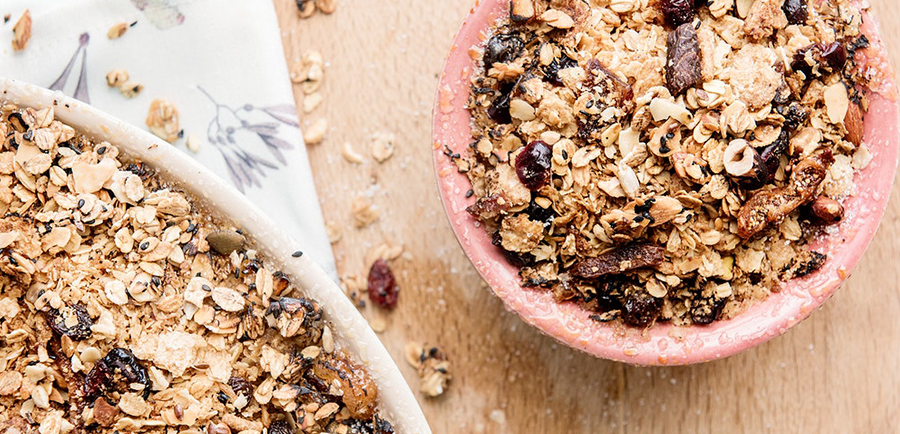
Let me share with you the two types of fiber and what they do for you.
INSOLUBLE FIBERS | SOLUBLE FIBERS |
|---|---|
Food Sources | Food Sources |
Bran of whole grains: | Oats (bran) |
Assists digestive regularity | Helps regulate appropriate blood sugar and cholesterol levels contributing to prevention and regulation of: |
Cellulose is a form of fiber from the foods listed above that forms mucus in the intestine, destroying the parasite that causes irritable bowel syndrome. | Recent studies show that rice and barley bran lower cholesterol, perhaps not because of the fiber, but because of antioxidant properties in the oil of the grain. |
Fiber is definitely a much-needed nutrient in your body for optimum health! Here's 15 Fiber Nutrition Facts to explore more on the health benefits of fiber.
The Milling Industry and the Health Damages It Does
It was in 1870 when the very first roller mill came out.
The steel roller mill was also responsible for the significant reduction in humans’ fiber consumption.
This mill offered a cheaper and faster way to separate the inner substance of the grain from the germ and bran. Unfortunately, these two components are what you body needs because of the nutrients they contain.
Fiber is found in the bran and germ, an the roller mill removes it!
Whole wheat was considered to be a problem because the germ spoils fast and it was common for bugs to infest and feed on the bran.
On the other hand, the endosperm of grains does not spoil - and bugs couldn’t care less about this inner white substance.
At the time, maybe it just made sense to use this part of the wheat. Next thing you know, refined products all over the world became the next big thing.
Stores in the U.S showcased all sorts of products made from refined flours, and fiber intake plummeted by 90 percent.
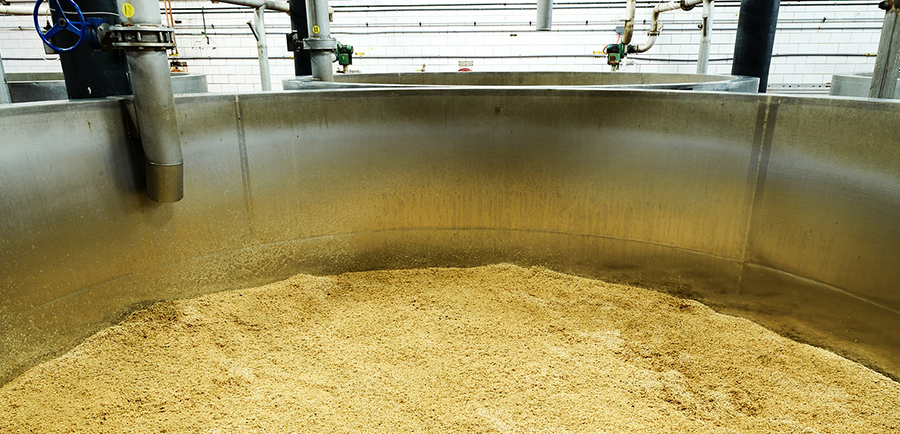
A consumption of fresh produce and beans also dropped by as much as 50 percent back in 1910.
Along with the rise in white flour, people also began to refine sugar. More and more products began to include refined sugar in massive amounts.
For instance, refined sugar was added to a number of canned vegetables because of its ability to preserve the freshness of food.
In 1900, researchers discovered that the average person consumed 29 pounds of sugar per year. Now, it is up to 150 pounds, with teenagers consuming it the most.
And so the story goes.
The western man began to consume a diet that is mainly made up of white flour, refined sugar, and fat. Doughnuts, cereals, cookies, pies, white rice, and ultra-refined bread became a staple on a typical American diet.
The increase in various ailments including diabetes, cardiovascular disease, and so on became a significant result of this unhealthy diet.
What Happens to the Kernel?
I like to call this “great grain robbery”.
When wheat flour no longer contains precious nutrients after it has been milled, it is as though it has been robbed of the health benefits God created for us.
It was intended for us to eat good food. We must come to Understand the Importance of Bread in Bible and in Our Lives and learn what to do to make this type of food one that doesn't cause a threat to our health.
And humans are suffering by choosing the more convenient way to eat bread, which is through stripping the grain off its bran and germ!
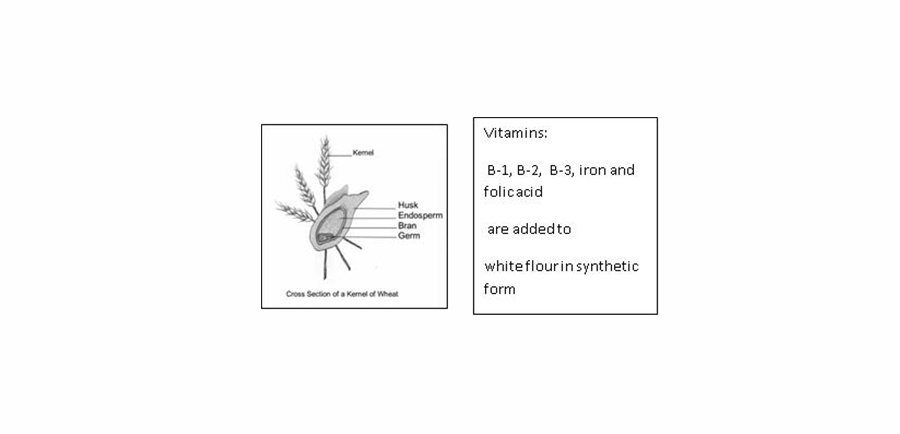
Loss of Nutrients in White Flour
Whole Wheat Flour | Loss in White Flour |
|---|---|
Thiamine (B-1) | 77% |
Riboflavin (B-2) | 67% |
Niacin (B-3) | 81% |
Pyridoxine (B-6) | 72% |
Choline | 30% |
Folic acid | 67% |
Pantothenic acid | 50% |
Vitamin E | 86% |
Chromium | 40% |
Manganese | 86% |
Selenium | 16% |
Zinc | 98% |
Iron | 75% |
Cobalt | 89% |
Calcium | 60% |
Sodium | 78% |
Potassium | 77% |
Magnesium | 85% |
Phosphorus | 91% |
Molybdenum | 48% |
Copper | 68% |
Fiber | 89% |
*Vitamins B-1, B-2, B-3, and iron are added to white flour in synthetic form by a process called “enrichment.”
** Original source: Henry A. Schroeder, "Losses of Vitamins and Trace Minerals Resulting from Processing and Preservation of Foods," American Journal of Clinical Nutrition 241971); re validated at www.ars.usda.gov/research/publications/publications.htm?seq.no_115=2-3150
Enjoy Your Bread the way It’s Supposed to Be
White flour may be more convenient, yes.
But will you compromise your health and life for convenience?
I hope not!
By retaining the composition of wheat kernel the way it’s supposed to be, you are caring for your health and showing your love for God.
After all, Your Body is the Temple of the Holy Spirit of God, so by honoring your body, feeding it with good, nutritious food, you are also expressing love for the Lord in a more concrete way.
So mill your own wheat kernel, bake your own bread, and reap the numerous benefits to your pocket, health, and life!



